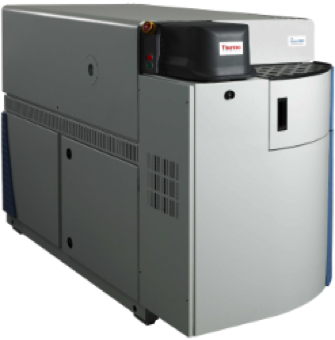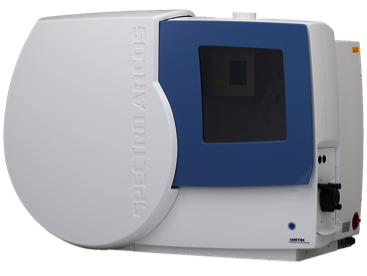October 19, 2018 -- Today we’re uncovering Optical emission spectroscopy (OES). OES is a general term for analytical methods that involve exciting a sample with energy so that the component atoms give off light radiation of particular frequencies that can be used to identify the composition of the sample.

OES is commonly used as an analytical technique to determine the elemental composition of metals. Each OES analyzer contains three components: the electrical source, an optical system, and a computer system. The electrical source must excite the atoms within the sample in order to produce their characteristic light. This is done by heating the sample to extreme temperatures through a high voltage source via an electrode. A difference in electrical potential is generated by either an arc or a spark. Arc excitation is a continuous discharge while spark excitation is a high current discharge that acts in bursts. The next component I will discuss is the optical system. The optical system will separate the specific wavelengths of light before it reaches the detector. The detector system will measure the intensity of the light and the computer system will take the measured intensities and store the data as well as generate results.
There are several different methods of OES, depending on the mode of excitation. Arc/Spark spectroscopy uses electrical discharges as the source of excitation energy. In reality, arc/spark OES are two closely related methods, but since most laboratory instruments can perform both types of analysis, it is convenient to treat them together. Arc excitation uses a continuous alternating current discharge between the electrodes. Spark involves brief discrete DC discharges, with a higher current than arc excitation. Each method provides particular benefits in terms of sample prep, sensitivity and precision, depending on the particular application.

Arc/Spark is overwhelmingly used with metal samples. One reason for this is the fact that metals are good conductors of electricity. In these instruments, the sample itself can be used as one of the electrodes, which simplifies the situation. For non-metallic solid samples and liquid samples, the sample can be placed in a small cavity in the electrode. This technology can be useful for metal production and analysis. For example, when making a metal, a sample can be obtained and analyzed with arc/spark OES in order to determine the current quality and what needs to be added to the product. Rotating disk electrodes are used for certain liquid samples, primarily oils used as lubricants.
The two main product divisions within arc/spark spectroscopy are between stationary laboratory instruments and mobile or portable instruments, where analysis is generally carried out via a handheld probe attached to a portable desktop or a system mounted on a wheeled cart. Mobile units are usually not as sensitive as laboratory instruments, but they are invaluable for identifying large coils of steel and pieces of scrap metal that cannot easily be taken into a lab.
What do you think?
What OES analytical methods do you use? Join the discussion below in our Forums!
Copyright © 2018 scienceboard.net


